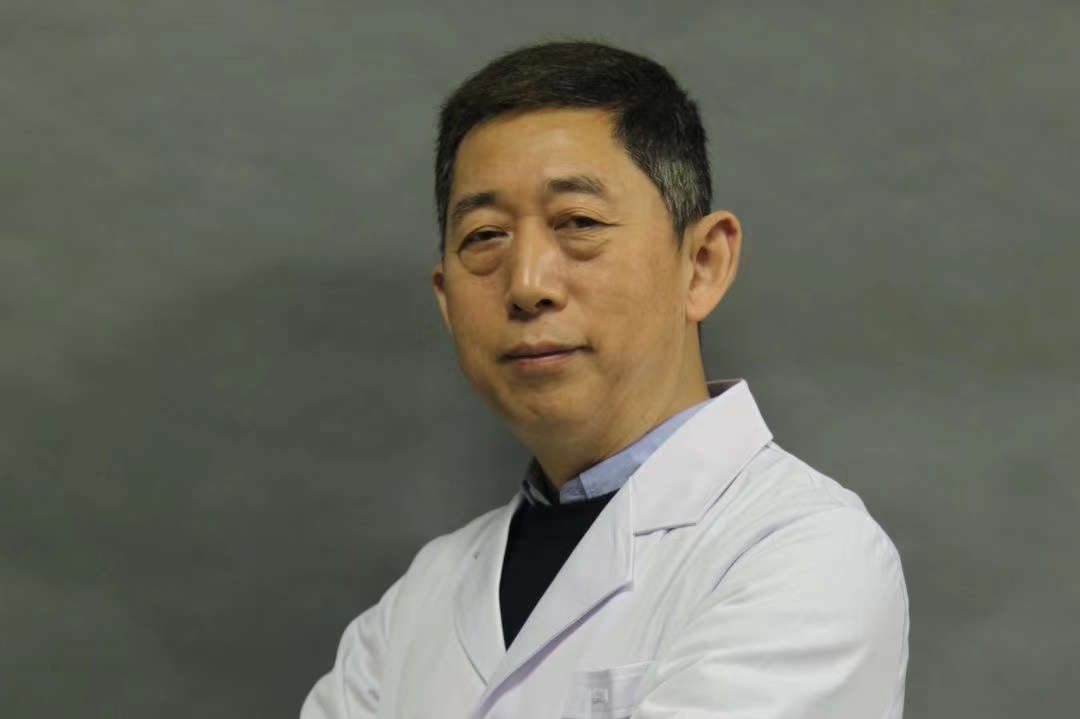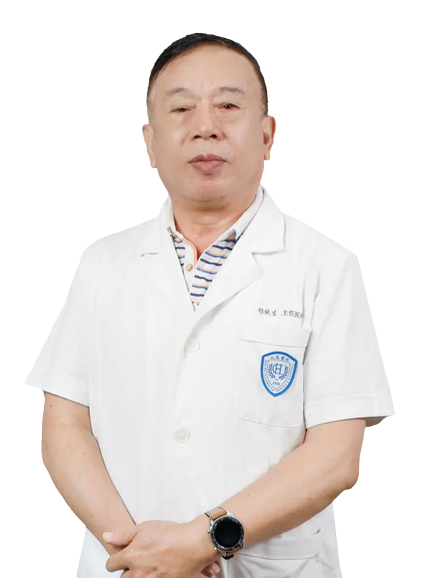Which acupoints should be used for moxibustion in rheumatoid arthritis?
Generally, the areas for moxibustion in treating rheumatoid arthritis should be determined based on the affected sites. However, under medical guidance, common acupoints for moxibustion include Hegu (LI4), Quchi (LI11), Fengmen (BL12), Jianjing (GB21), and Zusanli (ST36). The details are as follows:
1. Hegu (LI4)
Located in the depression between the first and second metacarpal bones on the back of the hand. Hegu is a commonly used acupoint throughout the body and can assist in the treatment of rheumatoid arthritis. Moxibustion at Hegu helps promote blood and qi circulation, relieve pain, and has the effect of warming and unblocking meridians.
2. Quchi (LI11)
Situated between the lateral end of the transverse elbow crease and the ulna bone on the outer side of the elbow. Quchi is a frequently used acupoint for treating rheumatoid arthritis. Moxibustion at this point helps clear heat and toxins, invigorate blood circulation, resolve blood stasis, reduce inflammation, and alleviate associated pain.
3. Fengmen (BL12)
Found on the posterior midline of the head, in the depressions bilaterally beside the occipital bone. Fengmen is commonly used to treat conditions such as headaches and cervical spondylosis, and may also be applied in cases of rheumatoid arthritis. Moxibustion at Fengmen can relieve discomfort in the neck and head, improve local blood circulation, and regulate nerve function.
4. Jianjing (GB21)
Located on the posterior neck line, in the depression between the first rib and the acromion when drawing a line between Jianjing and Fengmen. Jianjing is commonly used to relieve pain in the shoulder and neck. Moxibustion at this point helps ease tension and pain in the shoulder and promotes blood circulation while resolving blood stasis.
5. Zusanli (ST36)
Situated one-third down the anterior-lateral aspect of the lower leg, below the anterior border of the tibia. Zusanli is an important acupoint known for its anti-inflammatory, analgesic, and tonic effects. Moxibustion at Zusanli can enhance the body's resistance and immunity, helping to alleviate joint pain caused by rheumatoid arthritis.
It should be noted that moxibustion must be performed under the guidance of a healthcare professional. Moreover, this therapy serves only as an adjunctive treatment. For severe cases, improvement may require medications, surgery, physical therapy, or other appropriate medical interventions.






